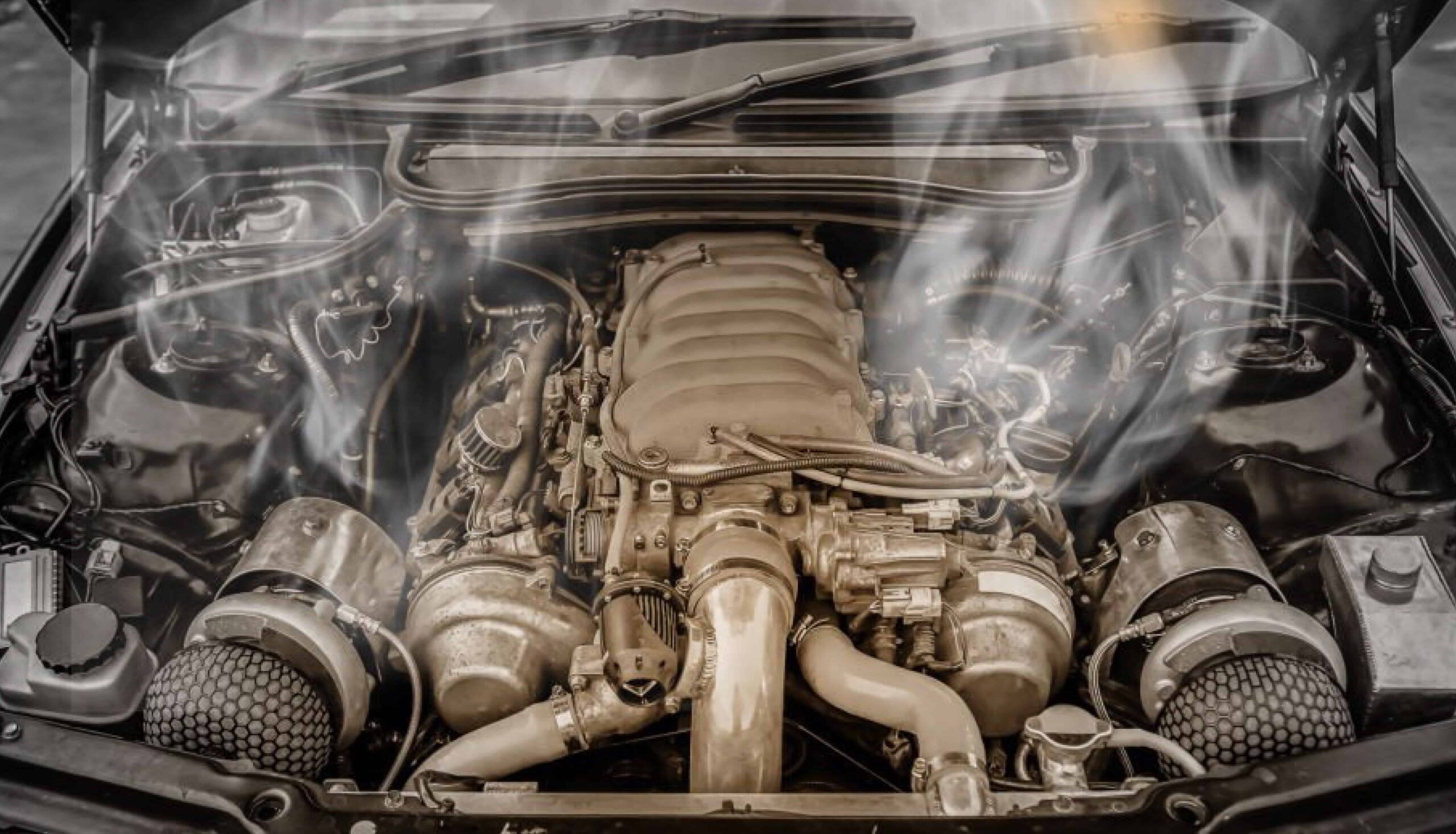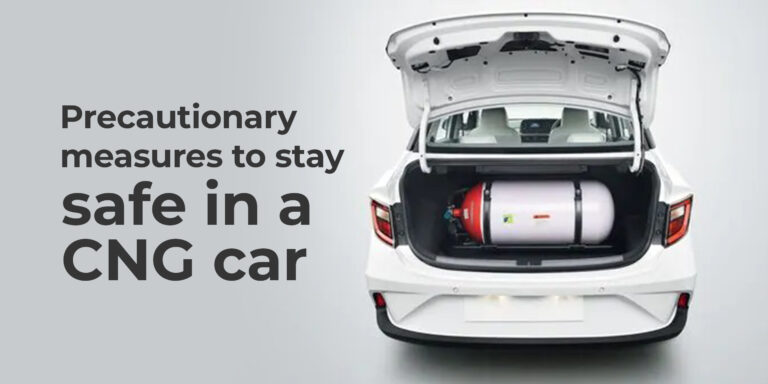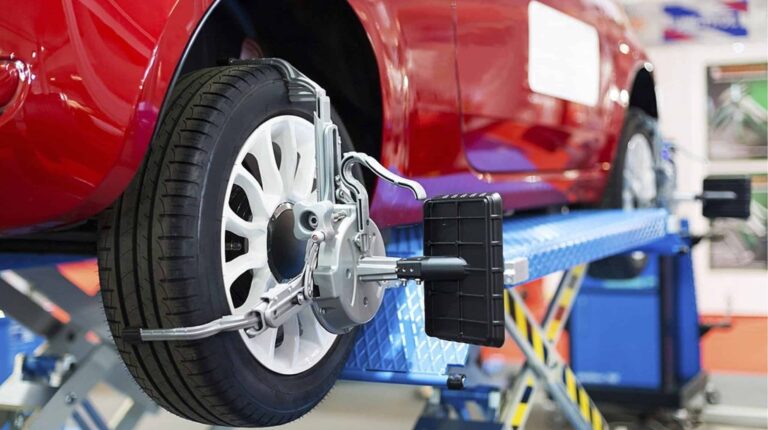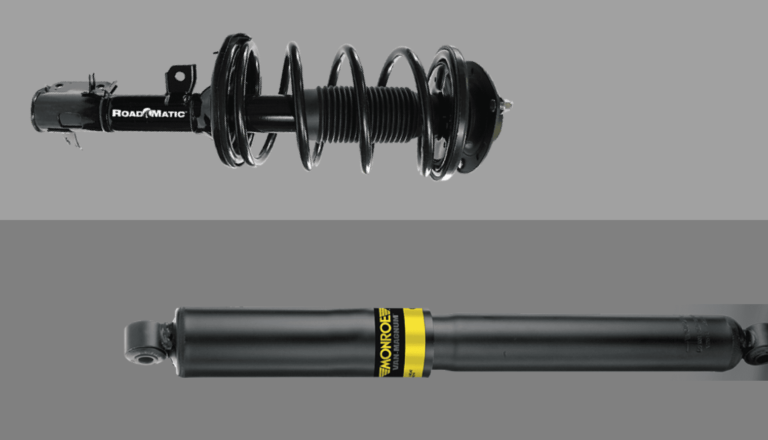
Engines in our cars are meant to be durable, but when excessive amounts of heat are generated by the engine beyond normal temperatures, the components meant to cool this heat may begin to fail. This may cause permanent damage to an engine and also the hoses, gaskets and seals that keep the engine running.
Engines usually overheat for a number of reasons. Most likely, it is a problem with the cooling system of the engine. Basically, the heat is not able to escape after being generated by the engine. The source of the problem is generally a radiator issue, a cooling system leak, faulty water pump, or clogged coolant hoses and pipes. If the source of the problem is not identified and solved, it could lead to permanent damage of the engine.
Symptoms of an Overheating Engine
First, you must be able to identify the signs of an overheating engine. If steps are not taken to cool the engine down once it starts overheating, it may result in irreparable engine damage. Signs of an overheating engine are as follows:
- Steam which looks like smoke coming from the engine bay under the hood.
- The engine temperature gauge goes into the “HOT” zone. Engine temperature gauges are different for different models. Consult your owner’s manual for more information on the temperature gauge and how to identify an overheating engine.
- A strange smell coming from under the hood. If it is a sweet kind of smell, it could be coolant that’s leaking. Engine oil will smell more of a burnt liquid.
What to Do When Your Car Engine Overheats
Turn Off the A/C and Turn Up the Heat –
The air conditioner in your car uses a lot of power and causes the engine to produce extra heat. If the engine is overheating, immediately turn off the air conditioner and crank up the heat to maximum. Turning up the heater will help take away heat from the engine and cool it down a little until you can safely bring the car to a stop and switch off the engine. The cabin may get really hot at this time, but at least you know your expensive engine will stay safe and prevent any damage from occurring.
Find a Safe Place to Stop the Car –
Bring the car to a controlled stop at the side of the road or a parking lot and switch off the engine. Wait for at least 15 minutes so that the engine has some time to cool down. The engine temperature gauge should come down to the “COOL” zone as you wait. As you are waiting, you can make a plan to contact a service repair technician, in case the car doesn’t start and you are left stranded.
Top Up the Coolant –
Check if the coolant level in the radiator is lower than the minimum acceptable value. If you are carrying some extra coolant in your trunk, then go ahead and top up the coolant. Also check if there are any leaks from the cooling system. The coolant will be blue or green in colour and will have a sweet smell. However, this step will work only if there is no underlying problem with the radiator fan, water pump, or if the pipes or hoses are blocked somewhere in the cooling system. Have a look at the owner’s manual if you are finding it difficult to identify the coolant reservoir tank.
Try to Restart Your Engine –
If the temperature gauge has come back to the “COOL” zone, you can try restarting your engine and drive to the nearest auto repair shop. Keep an eye on the engine temperature gauge and make sure it doesn’t rise too sharply. If the engine temperature gauge goes into the “HOT” zone again, then stop the car and let the engine cool down again.
Open Up the Windows –
By this method we are trying to get rid of all the heat within the car. Rolling down all the windows is one way we can allow the heat from the engine to flow out of the car.
Call a Service Center –
If you cannot identify the problem yourself, it is always better to call for assistance and ask a trained certified mechanic to have a lookt the car and figure out why it is overheating.
Why Do Engines Overheat?
When engines overheat, the main problem is that the cooling system is not able to take away the heat from the engine compartment. Often, this is due to a blockage in the engine cooling system components.
Gaskets, rubber hoses and water pumps may begin to leak due to normal wear and tear. Even certain driving conditions like stop-and-go traffic during rush hour can cause a car engine to overheat, simply because there is not enough cool air flowing into the radiator. The radiator fan makes up for this extra heat by forcefully drawing air over the radiator fins, but it may still cause the engine to overheat. The best practice is to keep the cooling system well maintained during regular services. During the maintenance, the cooling system is checked for leaks, oil levels, and hoses, seals, gaskets, pipes are inspected along with the radiator fan and thermostat to ensure that the cooling system is working as intended.
What can be done when the temperature gauge moves into the “HOT” section? The steps you take may make the difference between an inexpensive repair or a complete tear down which would be quite costly.
Handy Items to Have With You if the Engine Overheats
- Tool kit
- Half litre of engine oil
- 1 litre of coolant
- Towel
- Mechanic gloves
Reasons Why Your Car Engine is Overheating
Coolant that cannot circulate as normal through the cooling system
If the coolant is not circulating properly, there is a good chance that the engine will soon start to overheat. The coolant keeps your engine cool in the hot summer months and prevents the engine from freezing in the cold winter months. Regular maintenance checks are necessary to ensure that the coolant system is able to do its job. Even without the coolant leaking, the level may go down below minimum because of evaporation. If you don’t have coolant with you, you can always add water until you reach a service station to get the cooling system repaired.
A Leak in the Cooling System’s Pipes, Hoses or Gaskets
If the coolant level is constantly low, it indicates a leak somewhere in the cooling system. A leak cannot be fixed easily therefore it is advisable to get the car to a service station where they will be able to identify the source of the leak in the cooling system and have it repaired.
Dirt, Grime, Grease, or Rust Particles in the Coolant
In order for the cooling system to work, the heat from the engine walls is transferred to the coolant and then to the environment via the radiator cooling fins. If the coolant contains oil, dust, dirt or grime, it forms deposits and reduces the transfer efficiency of heat from the engine walls to the coolant. This is a cause of the engine overheating because the coolant has lost its ability to absorb heat from the system.
Dirt, Grime, Grease, or Rust Particles in the Coolant
When heat builds up in the engine, and the temperature rises to a predefined level, the thermostat opens and allows the coolant to flow into the engine block and head. If the thermostat is not working, it will fail to open up when the specified temperature is reached. The thermostat will be stuck in the closed position, and the engine will continue to heat up as a result. The coolant is unable to pass through, no matter how hot the engine gets. Overheating in this case occurs rapidly.
Radiator Fan That’s Not Working
The engine coolant moves into the radiator which is responsible for the cooling of the liquid as it passes over the cooling fins of the radiator. Proper functioning of the radiator fan is essential for cooling down the engine, because the radiator fan draws in cool air from the atmosphere and blows it over the cooling fins of the radiator. A faulty radiator fan could be due to a broken fan blade or an unstable connection. This prevents the radiator from reducing the coolant temperature adequately.
Exterior Radiator Fins on the Housing Are Blocked
Thin tubes known as radiator fins run along the length and breadth of the front fascia on the radiator. The tubes carry hot coolant. As you drive the car, cool air passes over the radiator fins to cool the liquid down. If these tubes become covered with dirt, bugs and debris, the flow of air over the fins is blocked and the radiator will not be able to cool the liquid efficiently.
Car Doesn’t Start After Overheating. What to Do?
Overheating of the engine can cause the cylinder and other engine components to warp. This warping can result in a loss of compression in the combustion chamber and valve damage which will prevent the car from starting once it overheats.
Severe engine damage can occur due to overheating. The engine block itself can crack due to expansion in the presence of high temperatures.
As areas of the engine block expand and contract, they can cause the engine oil to flow through the cracks. The engine oil is also responsible for absorbing heat but more importantly it reduces friction in the engine parts by lubricating them and therefore prevents heat build up in the cylinders and valves. When the engine oil level goes down, it may cause more heat build up in the engine compartment, and the engine may refuse to start in these conditions.
Can a Coolant Temperature Sensor Keep an Engine From Starting?
A coolant temperature sensor is capable of sensing temperatures from negative 40 degrees to 280 degrees. If the coolant temperature sensor reads a temperature that is too high as compared to the ambient temperature sensor, the ECU will send a signal to flash an engine check light on the dashboard. It may go into failure management mode. The sensor will not necessarily prevent the engine from starting as usual, but it may initiate a hard start and the air fuel mixture may be lean or rich depending on the conditions.
The engine might start to misfire or engine knocking may occur.
Can Low Engine Oil Cause Overheating?
Engine oil flowing through the engine components is able to control temperatures due to the lubrication it provides to reduce friction. If your vehicle is low on engine oil, it may cause overheating problems because it cannot provide the right amount of lubrication to reduce friction.
The engine oil ensures that engine components move smoothly. Running the engine with old oil or oil at a low level will cause the engine to overheat, and will result in severe engine damage.
Engine oil must be replenished or checked at every service interval which is at about 3000 to 5000 km periodically.
Tips to Prevent Your Car From Overheating
Remembering important ways, you can prevent your car engine from overheating and getting severely damaged
- Check the coolant levels on a regular basis.
- Keep an extra bottle of coolant and water in your car at all times.
- Keep an eye on the engine temperature gauge while driving.
- Use the A/c sparingly and avoid continuous usage even on hot days.
- Do a regular coolant flush as recommended in the owner’s manual
Conclusion
Overheating engines do happen and damage can be permanent or severe if the right preventive actions are not undertaken.
If your vehicle is overheating, stop. Don’t drive further and find out the source of the problem. The vehicle could be overheating due to a cooling system leak, blocked radiator pipes from floating debris and sediment, or broken water pumps. Regular maintenance and periodical inspection on the cooling system is a sure-fire way of having a car engine that runs as cool as you at all times.







